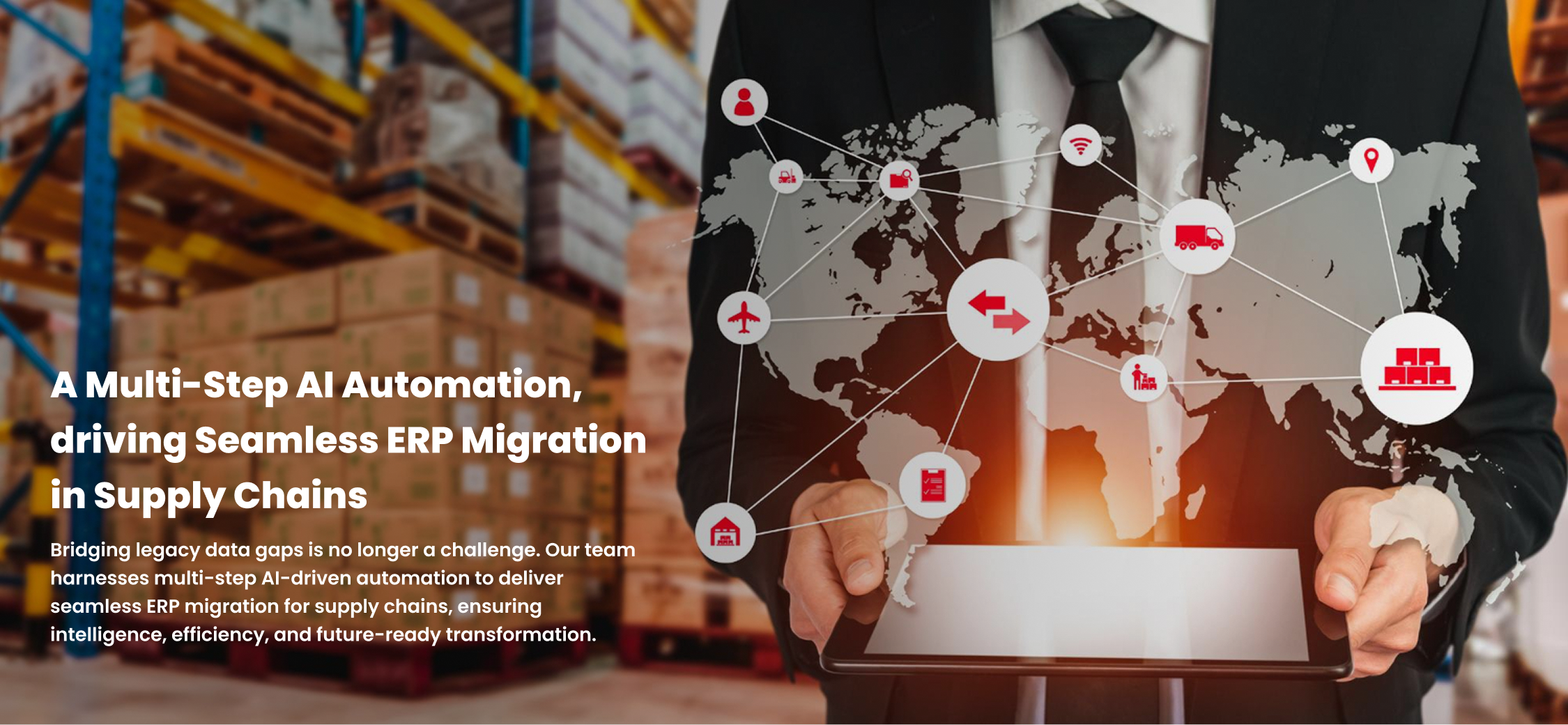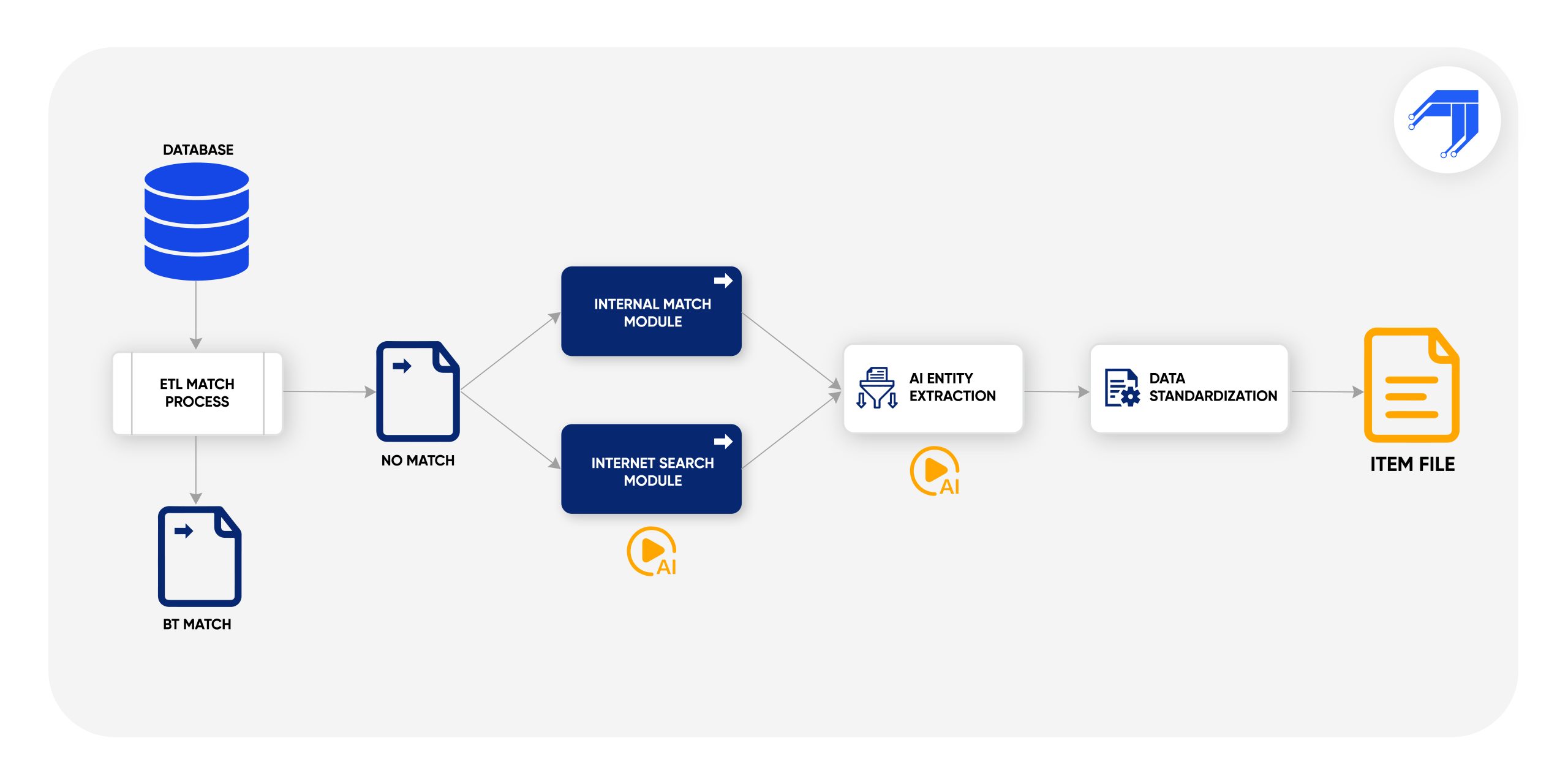
Supply chain transformation hinges on data, yet legacy issues often turn ERP migration into a high-stakes challenge. Imagine streamlining millions of product records, eliminating manual errors and delays, and building a resilient digital foundation with zero compromises. This is how a leading US supply chain firm conquered its toughest data hurdles during their Bistrack ERP migration.
The Challenge: Legacy Data Chaos Threatens ERP Success
In today’s fast-paced supply chain landscape, migrating to modern ERPs like Bistrack often means wrestling with legacy data that is fragmented, incomplete, and inconsistent. This US supply chain leader faced severe hurdles: much of their product information was missing or non-standardized, with key attributes absent from master databases. Their existing data pipelines failed to cover large swathes of products, pushing business stakeholders into manual mapping and enrichment. This led to a slow, error-prone migration fraught with risks to data integrity and reporting.
The Multi-Step AI Solution
To resolve these legacy barriers, the team implemented a robust AI-powered automation framework, uniting intelligent data enrichment with systematic standardization for end-to-end migration success.
- Step 1: Intelligent Data Enrichment
- Automated sourcing from trusted internal repositories, supplier and vendor databases, and verified third-party APIs captured missing product details.
- For elusive or incomplete records, AI-driven web search extracted and validated product attributes from authoritative online sources, ensuring full coverage and drastically reducing data gaps.
- Step 2: AI-Driven Standardization & Structuring
- AI models performed entity extraction and data transformation, applying custom business rules and standardized formatting to align with Bistrack’s master schema.
- Product attributes like brand, model, specifications, and categories were automatically identified, organized, and validated for direct catalog import.

Real Business Impact: Migrating with Speed, Confidence, and Scale
This dual-phase approach created enriched, structured data standardized for seamless ERP ingestion and primed for high-trust analytics.
The transformative results demonstrated clear business value for the supply chain firm:
- Dramatic acceleration of migration timelines with automation handling the bulk of data prep.
- Superior data accuracy, unlocking reliable reporting, and analytics throughout the enterprise.
- Significant reduction in manual mapping and associated errors, improving operational efficiency.
- End-to-end product hierarchy clarity, empowering performance visibility and product tracking.
- Effortless adaptability: minimal configuration needed for future migrations to different systems or data formats.
With fully enriched and standardized data now mastered in Bistrack ERP, the organization secured a unified, high-integrity data foundation, fueling smarter supply chain decisions.
Looking Ahead: From Automation to Intelligent Transformation
This case demonstrates how AI-driven automation and intelligent data sourcing can redefine the way organizations approach ERP migrations. By combining data enrichment, standardization, and contextual intelligence, enterprises can overcome legacy data challenges and establish a future-ready digital core. As AI capabilities evolve further blending multi-agent workflows, contextual reasoning, and autonomous data validation, organizations will move closer to fully intelligent supply chain ecosystems capable of self-enriching and self-correcting their data with minimal human intervention.